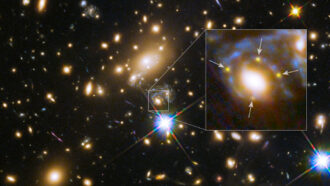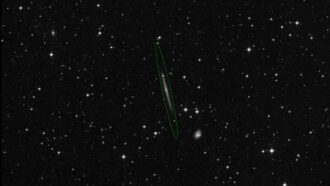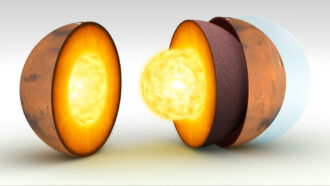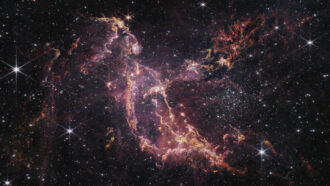50 years ago, cosmic rays may have caused Apollo astronauts to see lights
Excerpt from the May 12, 1973 issue of Science News

Apollo astronaut Buzz Aldrin, shown here on the moon in 1969, was among the first astronauts to report seeing mysterious flashes of light. Those flashes, attributed to high-energy particles called cosmic rays traveling through the eye, are still a problem for modern astronauts.
NASA








